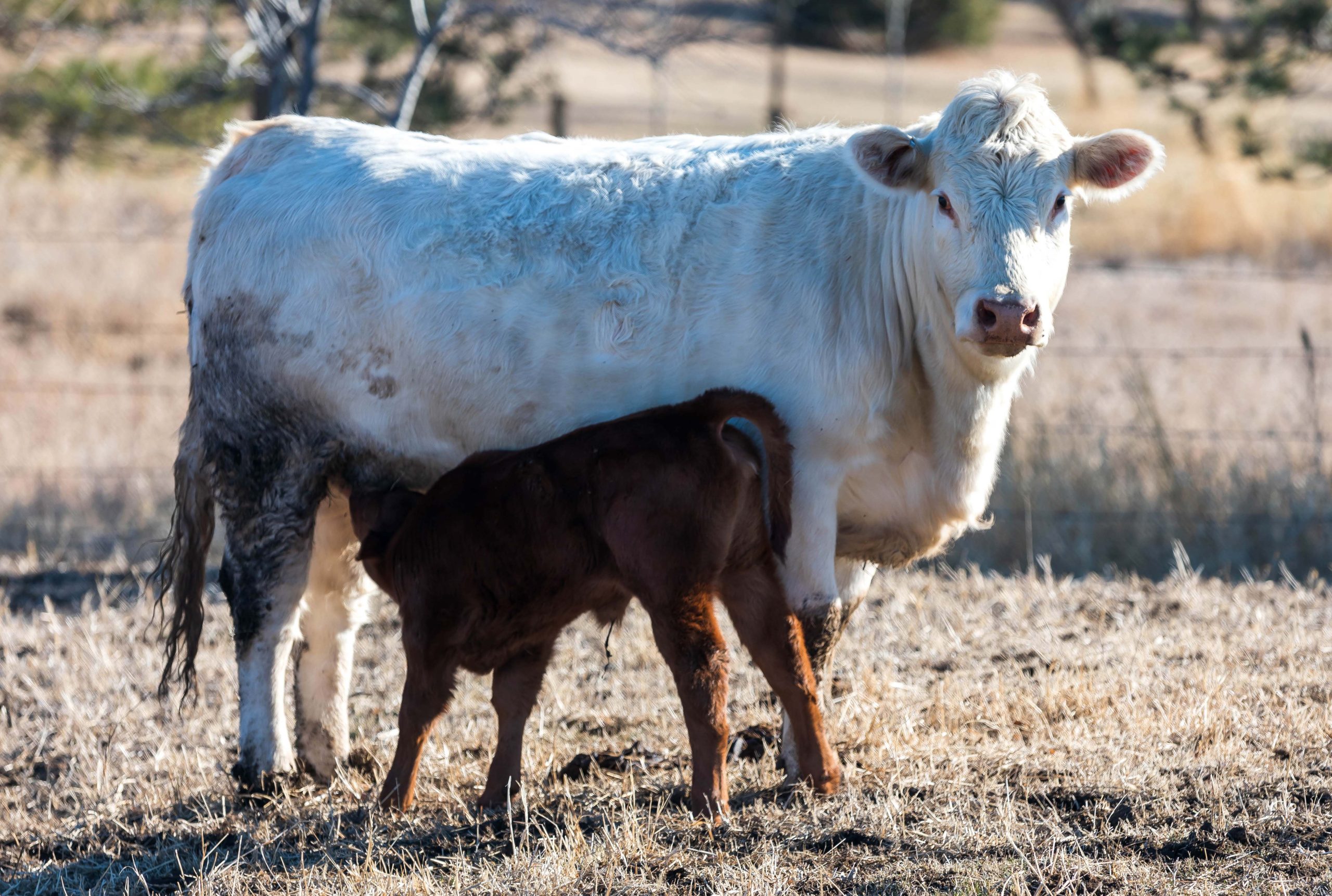When couples have challenges conceiving, it can often lead to conversations with the doctor about in vitro fertilization, or connecting with a surrogate to help grow their family. Those same technologies can also enable beef producers to maximize the genetic potential of their herd, say the experts at the Kansas State University Beef Cattle Institute.
Speaking on a recent Cattle Chat podcast, the team joined with Clay Breiner, veterinarian and reproductive specialist with Cross Country Genetics, Westmoreland, Kansas.
“Over the past decade, in vitro embryo production has really improved its success rate and increased its use in the beef industry,” Breiner said.
To help producers understand how embryo transfer and in vitro fertilization work in beef cattle veterinarian Brian Lubbers explained: “With embryo transfer, we give the cows a hormone so they will ovulate more than one egg and then breed the cows so that eggs are fertilized within the animal before being collected. With in vitro fertilization, we collect the eggs and then fertilize them in a lab outside of the donor animal.”
Breiner said that with IVF the eggs can be collected from the females at a younger age and then those heifers can be bred to have natural calves at the same time as the rest of the herd. He estimates that donor females in this scenario can have 10-20 offspring born a year to recipient cows instead of just one.
“With IVF and ET we are taking the genetics from a superior cow and matching it with a quality bull,” Lubbers said.
The experts said that in many cases purebred producers will partner with commercial cow-calf operators in placing the embryors into recipient cows. Breiner said that the purebred producer then will buy back the calves at a premium because they have a greater genetic value than market price.
Another benefit for commercial producers is the availability of higher-quality genetics to select from for their herds.
“With more good genetics available, there are more options for commercial producers to improve their herds as well,” said K-State veterinarian Brad White.
As producers consider whether or not to adopt these technologies, Breiner said it really comes down to cost/benefit decision.
“Whether you are talking artificial insemination or these other systems, producers have to look at the success rates of each of these methods and then decide what they need to do to maximize those rates for whichever system they choose,” he said.
The experts agreed that regardless of which system is incorporated into the herd, nutrition and overall animal well-being are important factors in the success rate.
“Reproductive success doesn’t happen without managing the herd health, nutrition and environment as well,” White said.
To hear the full discussion, listen to the Cattle Chat podcast online or through your preferred streaming platform.



